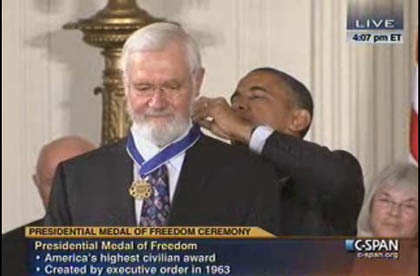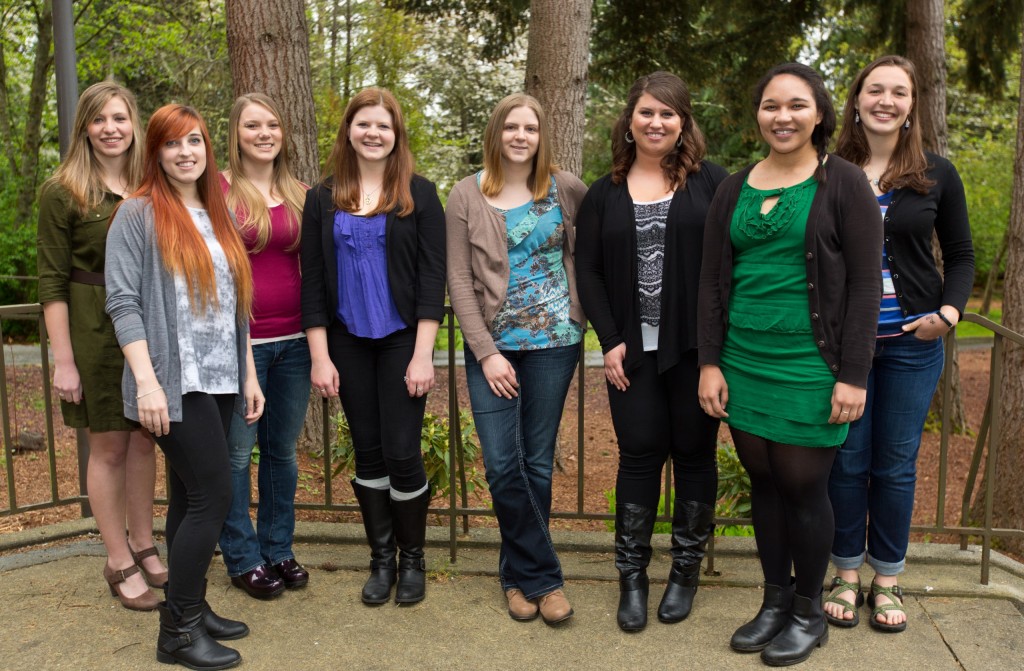Page 37 • (417 results in 0.039 seconds)
-

work. “I found myself frequently set up for debate about whether this was possible, “ Foege said of his work to eradicate smallpox by wiping out the disease area, by area. “I remember in the 60s thinking this was a terrible waste of time…to be debating whether this can be done when we should be out doing it.” Foege and his colleagues employed his containment techniques in India, leading to the declarations that smallpox was gone..the first contagious disease eliminated by deliberate public health
-
, breathing, meditation, visualization, exercise, faith-based or cultural approaches, and other relaxation techniques) Self-identify to your academic advisor or course faculty if concerned about ATI/NCLEX success Accept personal responsibility for program success
-
hormone [GH]. The treatments have been successful in many cases, adding to patients’ later height as adults. Until recently GH has been scarce, extracted from the pea-sized pituitary glands of cadavers. Now, however, Genentech, Inc. can manufacture it with recombinant DNA techniques, so there’s “plenty.” The treatments do cost $15,000 a year, of course, and usually they have to be administered for five years to make a difference, but GH is available.“We don’t know what to do,” the physician went on
-
them assess whether such a project is feasible given the time constraints and the HRPB meeting schedule. The use of deception in research raises special problems that the HPRB will review closely. One consideration is whether the deception is necessary. An investigator proposing to use deception should justify its use. Federal regulations prohibit the use of deceptive techniques that place subjects at greater than minimal risk. The HPRB may modify the normal informed consent process for research
-
Microeconomics: Global and Environmental Business principles (4 credits from the following): BUSA 201: Introduction to Business in a Global Environment Design and Communication principles (4 credits from the following): ARTD 110: Graphic Design 1- An introduction to design through the study of basic techniques, color theory, and composition. COMA 215: Writing in Communication Careers- Introduces students to the fundamental standards and expectations in communication writing. (3) ElectiveFour Semester Hours
-
potential exposure to hazardous products will attend a health and safety orientation and will receive information and training on the following: An overview of the requirements contained in the Chemical Hazard Communication Standard. Hazardous chemicals present in his/her work places or operations. Location and availability of PLU’s written Chemical Hazard Communication Program. Physical and health effects of the hazardous chemicals used in his/her work place. Methods and observation techniques used to
-
questions about appropriate cleaning techniques. Provide a mat or small rug for the pet in the private office of the employee to protect the carpet. Post a sign on his/her office door indicating that a pet is inside. Perform an occasional thorough cleaning of his/her office to remove hair and smells associated with the pet, including at the time the pet owner transfers the office to another employee. Be responsible for any undue wear or damage to university property that may be caused by the pet. Not
-
, multiple regression, quasi-experiments, surveys, and non-parametric statistical techniques. Students will learn to use computer programs to carry out statistical analyses and will have the opportunity to design and conduct their own research study. Lecture and laboratory. Prerequisite: STAT 232 and accompanying lab taught by members of the psychology department. (4) PSYC 287 : Special Topics in Psychology To provide undergraduate students with new, one-time, and developing courses not yet available in
-

, México, and examined indigenous responses to oppression and the resulting grassroots movements that spurred homegrown solutions to endemic problems. Next she traveled to Northern Ireland to study the Troubles, the peace process, grassroots organizing and dialogue with Feller and Kelleher. She received certification in dialogue techniques from the Junction as part of its Toward Understanding and Healing program. As a junior she worked as a student facilitator on an event that brought together PLU
-
traditional and relational (systemic) understanding of the major behavior health disorders described in the DSM-5, including information on epidemiology, etiology, treatment models, and techniques for these disorders. Students will gain an understanding of the process of traditional assessment using the DSM-5, as well as other forms of assessment and diagnosis of behavioral health disorders. Attention will be given to contextual considerations as it relates to assessment and diagnosis. (4) MFTH 512
Do you have any feedback for us? If so, feel free to use our Feedback Form.


